
Twitter
can be an effective platform to advertise your business. Here’s how to create
the perfect ad for your campaign objectives.

Twitter
counts a total number of 328 million monthly active users, with more than 500
million tweets sent each day. This brings out a great opportunity for brands to
take advantage of the platform to promote their presence.
Twitter
may not be the first option for many brands when setting up a paid social
strategy, but it can still be a highly effective addition.
Over
the past few years, Twitter has expanded its promotion types in order to
encourage more brands to promote their business through its platform. The
different promotion types and varying campaign objectives have engendered an
increased interest in Twitter ads.

According to eMarketer, 41% of people on Twitter purchased products following exposure to an ad in the preceding 30 days.
This brings out a great opportunity for brands to explore the best ways to test Twitter advertising. The first step is to understand the different types of promotion, the campaign objectives, but also the target audience.

Deciding on the type of
promotion
Twitter
offers three different types of promotion:
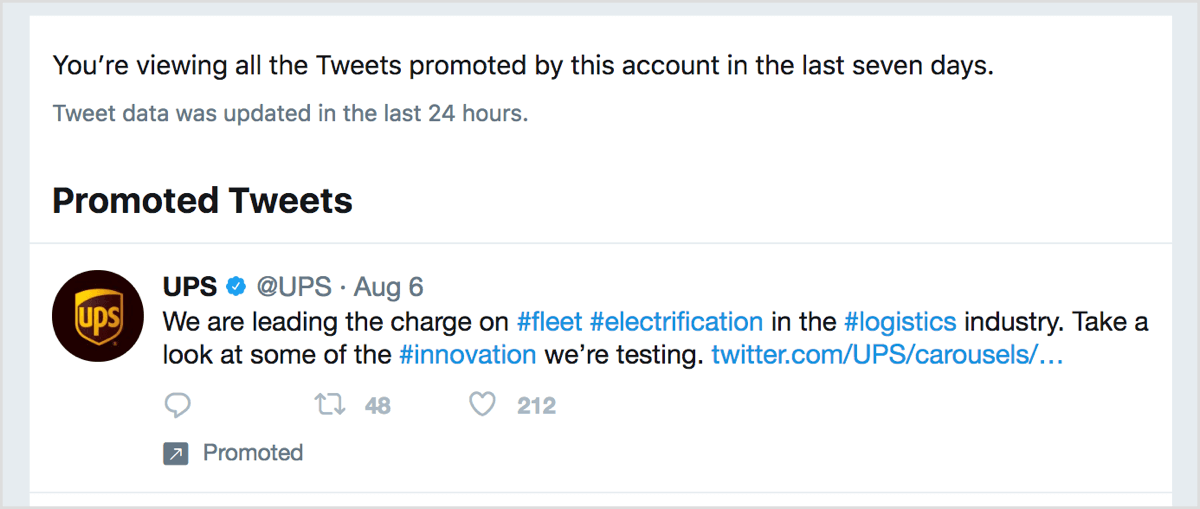
Promoted tweets
Promoted
tweets look like ordinary tweets, appearing directly in users’ feeds, with the
difference being that they are labelled as “Promoted” and don’t need to come
from an account that the user follows. They are displayed to the most relevant
audience, and Twitter uses various signals to decide the relevance of each
promoted tweet.
This
allows brands to reach the best audience, while users are still exposed to
tweets they might find interesting. As with regular tweets, they can be liked,
retweeted and replied to.
They
can be used to:
- increase awareness of a product or an event
- build engagement for a campaign
- drive traffic to a brand’s site
- promote sales and giveaways
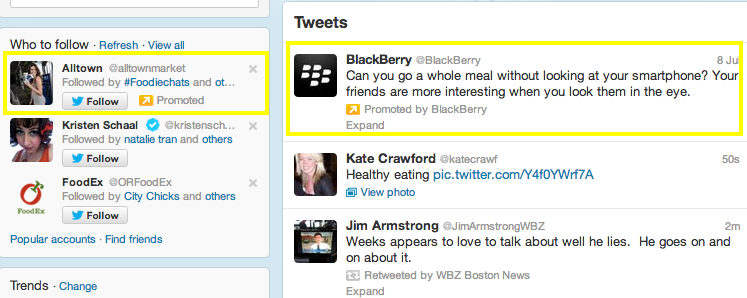
Promoted accounts
Promoted
accounts can help a brand boost its number of followers, reaching a new
audience that can be interested in its content.
According
to a study from 2016, 85% of people find promoted accounts useful in helping
them discover new businesses on Twitter.

This
type of promotion allows brands to show up in non-followers’ feed, which brings
a great opportunity for increased awareness and new leads. A growing number of
Twitter followers can create an engaged community, making it easier to promote
a campaign.
The
difference between promoted accounts and promoted tweets is that the first one
focuses on the brand’s profile rather than its content. This means that it’s
useful for targeting an audience that is either familiar with, or is interested
in exploring, your particular profile.
Promoted
accounts can be used to:
increase brand awareness
build follower count
drive leads
build paid traffic after users follow a brand
Promoted accounts show up in user’s feed in the suggestions of who to follow, but also in the search results.

Promoted trends
Promoted
trends show up at the top of “Trending Topics”, and can be used by brands that
want to promote a particular hashtag. They also show up in users’ feeds and
once clicked, they lead to a combination of promoted tweets and organic
results.
They are currently unavailable for self-serve advertisers and the cost is significantly higher, but they can also lead to great results in terms of improved awareness and engagement, especially for big brands trying to maximize their potential audience.
Deciding on a campaign
objective
Twitter
Ads are organized depending on the campaign objective that each brand sets.
This way it’s easier to focus on specific results that are based on the KPIs
that should be reached.
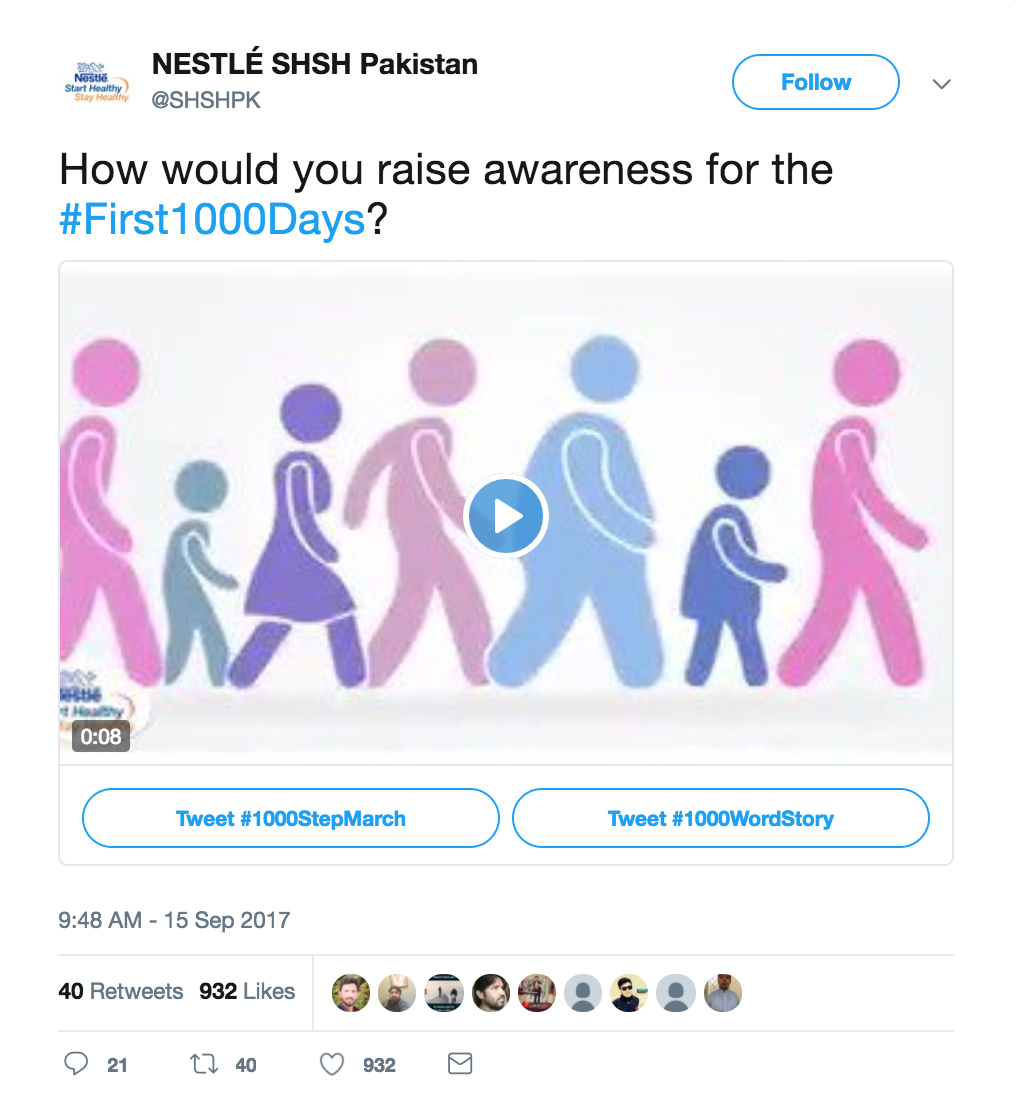
An awareness campaign helps your message reach as many people as possible. The cost is based on the number of impressions your tweets collect, but it can also lead to increased likes, retweets and mentions. This type of campaign is useful when launching a new product, when promoting a sale, or even when trying to establish a new social presence.

Followers
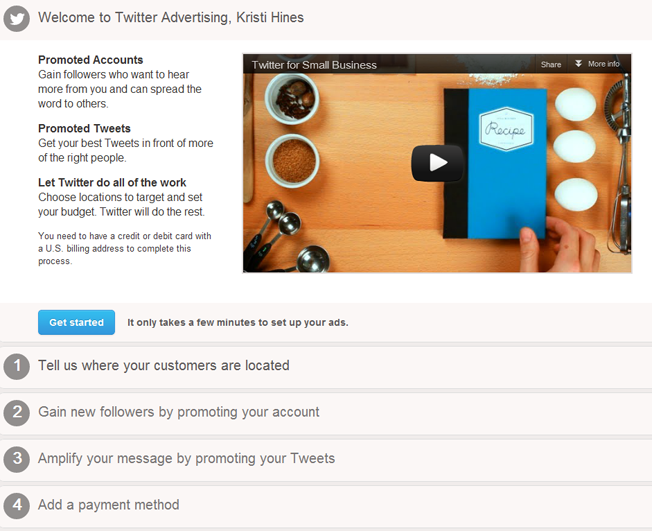
Promoted video views
Video
content tends to be inherently more engaging on social media, but a boost can
still be useful. Twitter allows you to enhance the reach of your GIFs or
videos, charging by the number of final views.

Website clicks or
conversions
Achieving
conversions via social media is a universal challenge. A Twitter ad campaign
that focuses on website clicks or conversions is useful in the promotion of a
guide, a special offer, or product purchase. The cost depends on the number of
clicks, while a conversion campaign can provide an overview of the actual
conversions, rather than simply the number of clicks.

Tweet engagements
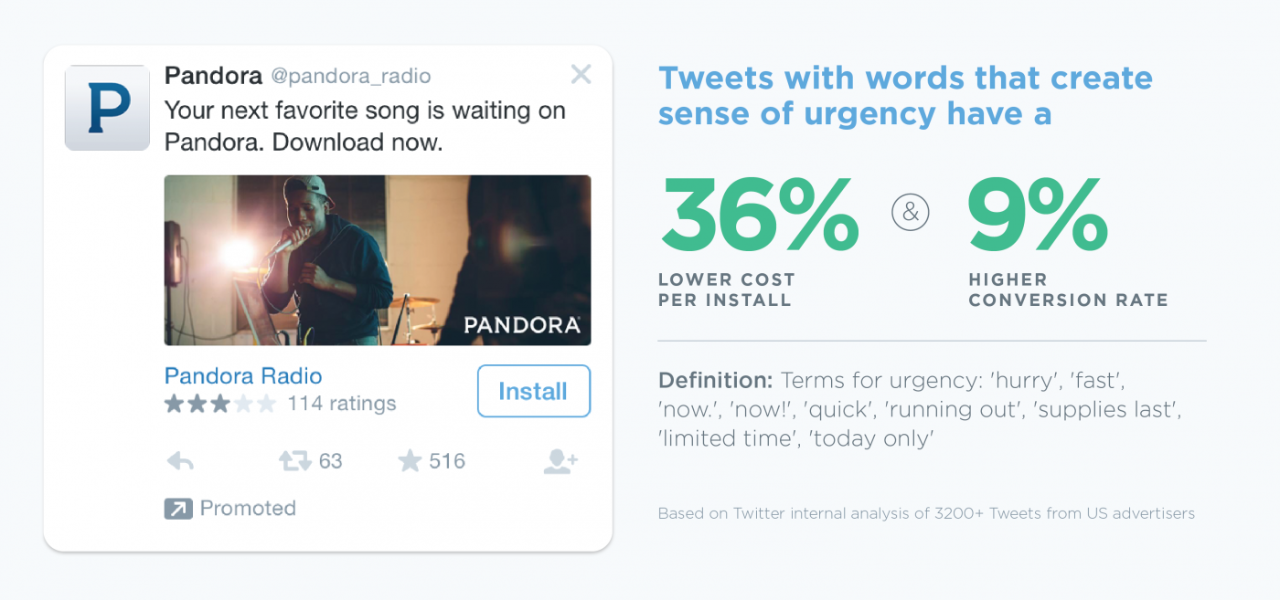
App installs or
re-engagements
App
install campaigns aim to help your brand promote a new application. The focus
is on mobile users and the charge considers the number of app clicks or
installs. This type of campaign targets the audience that is more likely to
install or engage with your app, and maximizes the chances of driving traffic
and interest to the application.
Twitter’s various targeting capabilities make campaigns more efficient, while the measurement involves conversion reporting to analyse the impact of the campaign towards conversion.










0 comments:
Post a Comment